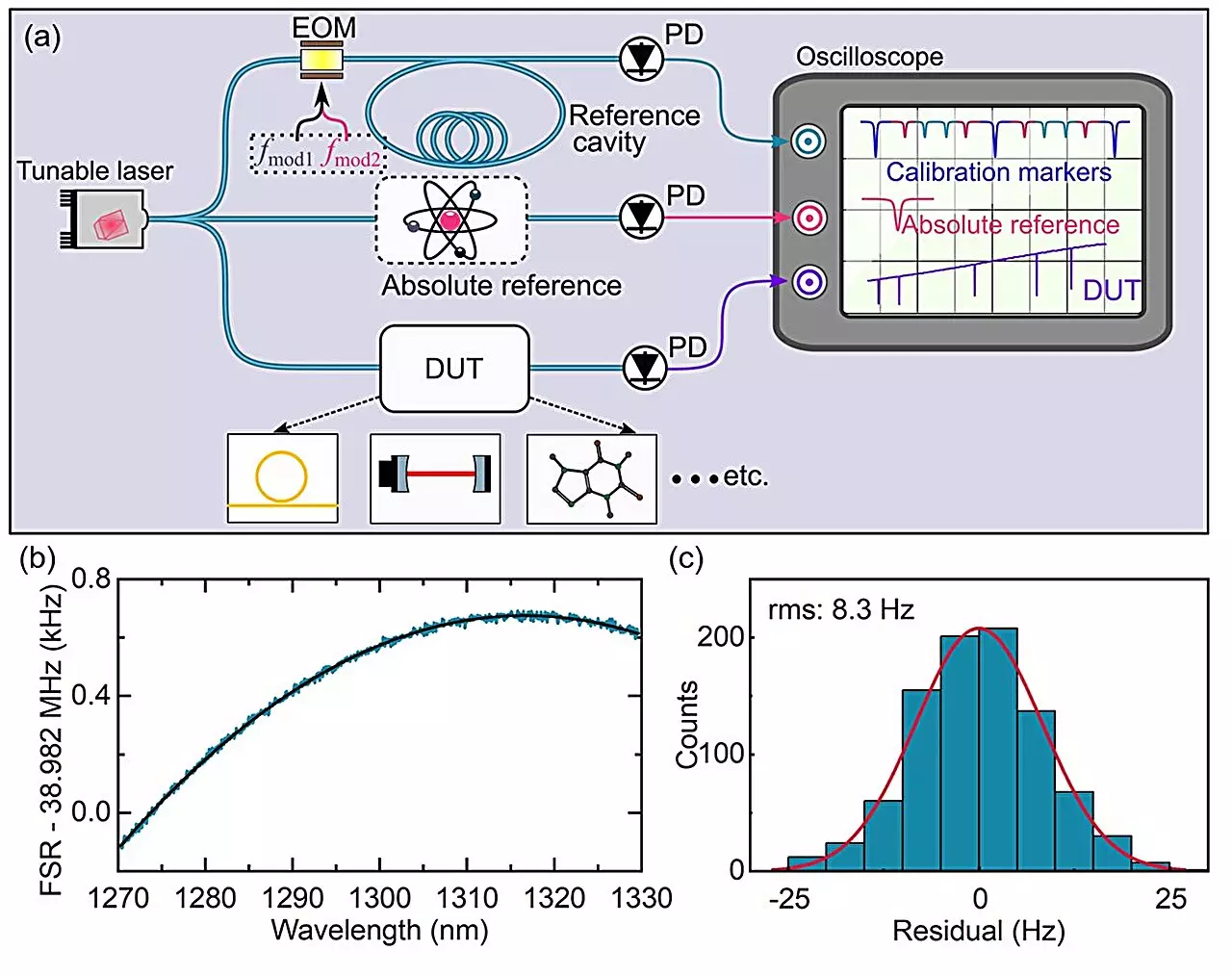Laser spectroscopy has come a long way since its first introduction in the 1960s. From the early days of spectroscopy to the present, advances in laser technology have revolutionized our ability to study atoms and molecules at a detailed level. In this article, we will explore the two main types of laser spectroscopy – frequency comb-based laser spectroscopy and tunable continuous-wave (CW) laser spectroscopy – and their capabilities, limitations, applications, and recent advancements.
Frequency comb-based laser spectroscopy is known for its remarkable precision in frequency measurements, with an accuracy of up to 18 digits. This precision has led to groundbreaking discoveries and applications, including Nobel Prize-winning research in 2005. However, one of the drawbacks of frequency comb-based spectroscopy is the low power per comb mode, which poses challenges in detecting trace gases. In addition, the gaps between comb modes require additional techniques for measuring spectrally narrow features. Moreover, achieving long-term coherence in comb sources demands complex stabilization systems. While frequency combs enable high-precision, high-speed broadband spectroscopy, there are limitations that researchers continue to address.
On the other hand, tunable CW lasers offer high photon flux, long interaction paths, and frequency agility, making them ideal for sensitive molecular spectroscopy, gas sensing, and LIDAR applications with high signal-to-noise ratios (SNR). However, fluctuations in the laser frequency scan speed have been a concern for these systems. Various techniques, such as interferometric approaches and optical frequency combs, have been developed to mitigate these fluctuations. One noteworthy development is frequency-comb-calibrated tunable laser spectroscopy, which combines the accuracy of a frequency comb with the tunability and power of a CW laser. Despite its advantages, this method requires a reference frequency comb with specific characteristics, presenting challenges in practical implementation.
Researchers at the Max Planck Institute have introduced a new, straightforward broadband spectroscopy method with Hz-level precision using a tunable laser. This technique involves on-the-fly calibration of the laser frequency using a fiber cavity and a dual radio frequency (RF) modulation technique. By tracking the laser color in real-time, this approach provides calibration markers for ultra-high precision measurements. The researchers achieved sub-10-Hz precision over an 11-THz frequency range, significantly improving upon existing tunable laser spectroscopy methods. This method offers higher optical probe power, spectral flatness, and polarization stability compared to traditional frequency comb-based spectroscopy.
The new broadband spectroscopy method has versatile applications, ranging from characterizing photonic devices to measuring molecular absorption spectra with exceptional precision. Its simplicity and robustness make it suitable for out-of-lab applications, including LIDAR systems, 3D imaging, trace gas sensing, and astrophysical instrument calibration. The potential of this method in challenging environmental conditions opens up new possibilities for advancing spectroscopic research and technology.
Laser spectroscopy continues to evolve with advancements in technology and methodology. The combination of precision, power, and simplicity in spectroscopic techniques paves the way for innovative applications across various fields. As researchers push the boundaries of laser spectroscopy, we can expect further breakthroughs that deepen our understanding of the microscopic world around us.


Leave a Reply